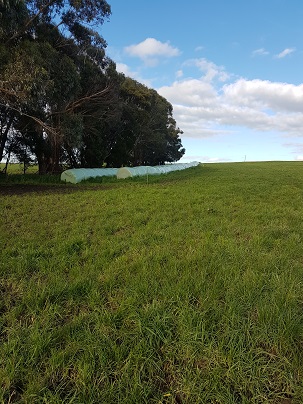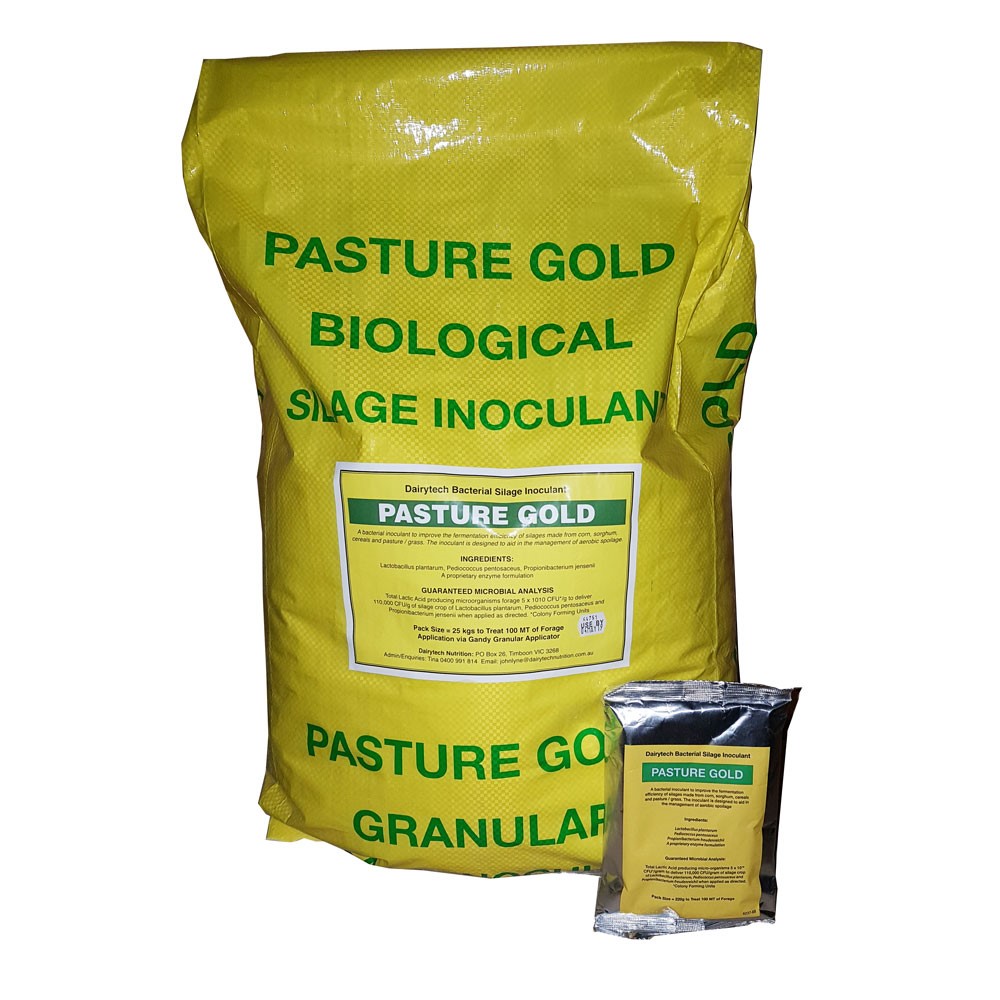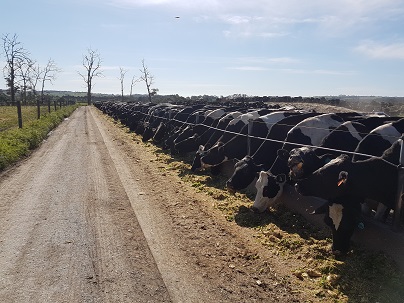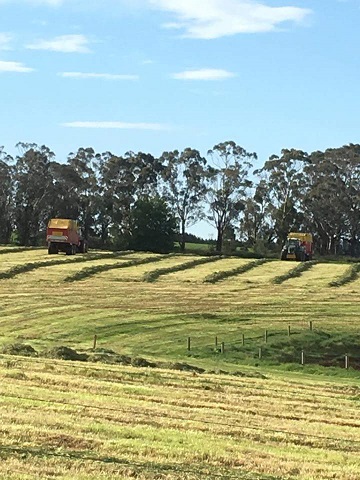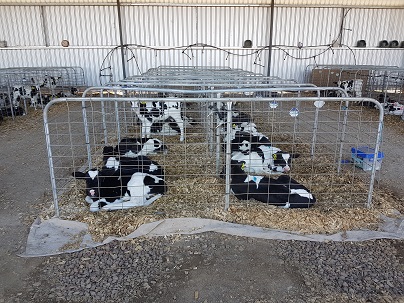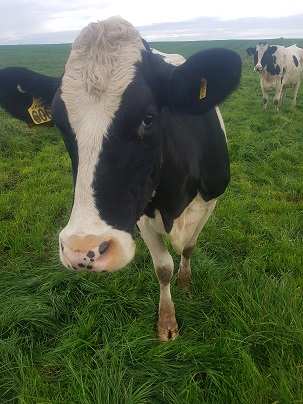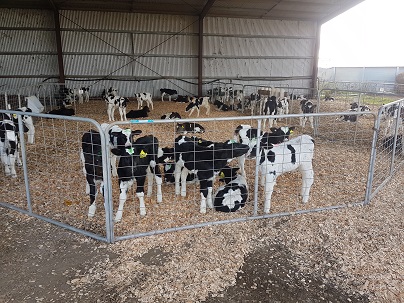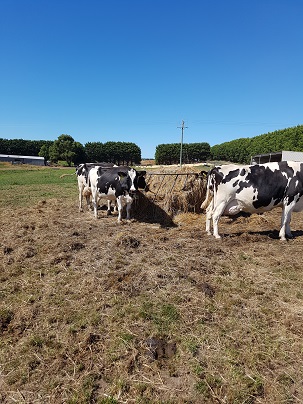Common Silage Misconceptions
Farming has a tradition of passing down practices and beliefs from generation to generation, too frequently leading to an array of misconceptions in regard to various farming practices. Silage making is no exception to this tradition and has left us with many untruths that have economic consequences.
Silage inoculants
This would have to be number 1 on the misconception list. Nothing else in farm technology or practice has endured misinformation than silage inoculants have. There would be very few, if any products/additives in farming that has attracted more research and validation than the use of silage inoculants. There is general agreement from multiple research facilities that silage inoculants can return as high as 15 to 1 on investment, improve dry matter recovery by 2 to 6 percent and improve animal performance by 3 to 5 percent. This is pretty heavy validation. Yet the uptake of this valuable technology is still limited in Australia.
Why? Firstly there are the complete sceptics that believe silage inoculants are simply a sales con. Secondly there is the erroneous belief that you only use silage inoculants when weather or other negative factors come into play. The truth is, silage inoculants make good silage better, but cannot improve poor silage or methods. I do hasten to add one benefit, and it a very significant one; high quality lactic acid bacterial inoculants will, in the presence of adequate moisture, make the silage very palatable. This past spring produced abundant evidence of this. A wet spring and very mature silage, often low in nutrient value, but when inoculated with a quality lactic acid bacterial inoculant produced sweet palatable silage that cows still happily consumed. Wastage at feed-out will always be the biggest cost to silage.
Baled silage versus stacks
This debate has raged for as long as I have been involved in dairy farming. The short answer is neither is better. Both suffer various procedural practices that can discount the value of the silage when fed. Harvest method and storage system choice relates more to individual farm preferences that often are determined by infrastructure, both for making and feed-out, herd size, the choice of contractor or on farm labour and personal choice and management style.
Heat in silage
There are two misconceptions common related to heat in silage. The first is, heat is necessary to ‘cook’ the silage. The second is, heat is bad in silage. Both are wrong. The first clearly wrong!
Cooking and fermentation are two different methods of food preservation. Cooking, as in heat, destroys silage, more shortly. Second; some heat is normal. There are two types of heat in silage: 1) physiological heat from plant respiration. This is normal and necessary for fermentation bacteria to thrive and can produce temperatures from 32 C to 43 C. Silage will then settle around 5 C above ambient temperature at ensiling time.
The second heat source is microbial in origin, and caused by aerobic organisms such as yeasts and moulds. This is bad heat as it can reach 60 C using up energy and destroying protein (Maillard Reaction – the cause of haystack fires). There are several strategies to prevent this kind of heat in good management practices (more below), but the best insurance against microbial heat is a quality silage inoculant. It will limit yeasts and moulds, and should be an OH&S requirement to protect farmers and employees from inhaling toxic moulds when handling silage at feed-out. Let alone cow health and productivity.
Compaction
Poor compaction is the major cause of baled silage going out of shape; not high moisture as is commonly believed. Nor is it caused by baling silage ‘too green’, a description very common but has no research or scientific definition to verify this description. Fermentation is an anaerobic process – no oxygen. Oxygen is No. 1 enemy of silage.
Belts on balers should be under such tension that the pressure gauge is in the red. Only worn belts break. Chopping, either by knives on balers, pickup wagons or forage harvesters should be compulsory. Nothing will aid compaction/oxygen expulsion and produce excellent fermentation like chopped forage. Offer your bale contractor $2 extra per bale to chop (it does slow down baling and use more diesel) and your silage bill will be cheaper (5 bales into 4 – compaction).
Packing procedure on stacks is essential to avoid bridging once layer thickness increases. Bridging distributes pack tractor weight outward rather than downwards. Less downward pressure reduces air expulsion.
Shrinkage
A term not common on the silage discussion list. Pile or bale shrinkage relates to the above compaction discussion and is due to uncontrolled fermentation as a result of silage not reaching a stable pH. Again, quality silage inoculants have major benefits in achieving stable silage and preventing this form of shrinkage in the presence of well compacted silage.
The shrinkage I’m thinking of here is the calculation of the tonnage of silage made less the tonnage fed. A 4 x 4 bale of silage has a market value around $90. It also contains around 250 kgs dry matter irrespective of its actual weight (water content varies). So that is $360/TDM – about $100/TDM more than wheat. Wastage at feed-out is researched as 20% at best when fed in the paddock. Wastage then costs $72/TDM, taking our bale to $162. Feed pads also have wastage in varying degrees. The best method to reduce wastage is palatability, and the best method to ensure palatability is a quality lactic acid bacterial silage inoculant. Shrinkage and/or wastage do not receive the attention they rightly deserve.
